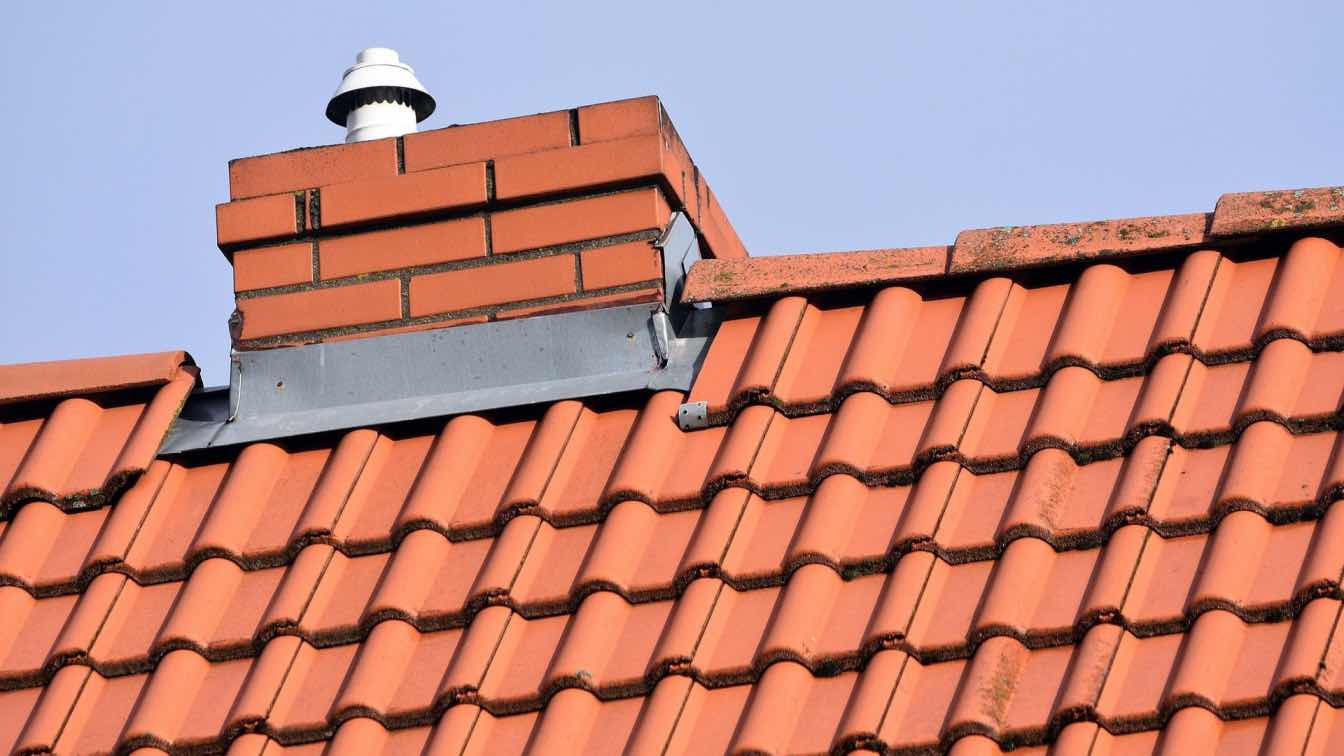A roof upgrade is a major investment that can enhance your home’s protection, energy efficiency, and curb appeal. Whether your current roof is aging, damaged, or simply outdated, making the right choices during the upgrade process is crucial. Rushing into a decision without proper planning can lead to costly mistakes and unnecessary stress.
To ensure a smooth and successful upgrade, you need a clear strategy. From assessing your current roof’s condition to selecting the best materials and finding a reliable contractor, every step plays a vital role in achieving long-lasting results.
In this guide, we’ll walk you through six crucial steps to follow when considering a roof upgrade. Let's get started.
Assess the Current Condition of Your Roof
Before making any decisions, start by evaluating the condition of your existing roof. Look for visible signs of damage, such as missing or curled shingles, water damage on ceilings, mold growth, or sagging areas. If your roof is over 20 years old, it may be nearing the end of its lifespan, even if no obvious issues are present. Conducting a thorough inspection will help you determine whether a full replacement is necessary or if minor repairs can extend its life.
Consider hiring a professional roofer for a detailed assessment, as they can identify underlying problems that might not be visible to an untrained eye. Understanding your roof’s current state allows you to plan accordingly and avoid unexpected expenses down the line.
Set a Realistic Budget and Plan for Expenses
A roof upgrade is a significant financial commitment, so setting a clear budget is essential. Costs can vary depending on the size of your roof, the materials you choose, and labor expenses. Start by researching average roofing costs in your area and getting multiple quotes from contractors. Factor in additional expenses such as permits, removal of the old roof, and potential structural repairs.
It’s also wise to set aside a contingency fund for unexpected costs that may arise during the project. Proper budgeting ensures you don’t overspend or compromise on quality. By understanding the full scope of expenses, you can make informed choices and avoid financial strain during your roof upgrade.
Find and Hire a Reliable Roofing Contractor
Choosing the right contractor can make or break your roofing project. A skilled and reputable roofer will ensure high-quality workmanship and compliance with local building codes. For instance, you can find a roofing company in Florida to inspect your roof, provide estimates, and handle the installation professionally. Request multiple quotes and compare their offerings, but be cautious of extremely low bids, as they may indicate subpar materials or labor.
Always review contracts carefully before signing and confirm warranties on both materials and labor. A trustworthy contractor will not only complete the job efficiently but also give you peace of mind about your investment.
Choose the Right Roofing Materials for Your Needs
Selecting the right materials is crucial to the durability and performance of your new roof. Asphalt shingles are a popular choice due to their affordability and ease of installation, while metal roofing offers superior longevity and energy efficiency. Clay tiles, wood shakes, and slate provide unique aesthetics but may require additional structural support due to their weight. Consider factors such as climate, maintenance requirements, and energy efficiency when making your decision.
If you live in an area prone to extreme weather conditions, impact-resistant or weatherproof materials might be worth the investment. Take time to compare different options, ensuring the chosen materials align with your home’s design, budget, and long-term needs.
Understand Local Building Codes and Permits
Roofing projects are subject to local building codes and regulations, which vary by location. Before starting your upgrade, check with your local building authority to determine what permits are required. Some areas have strict guidelines on roofing materials, structural modifications, and energy efficiency standards. Failing to comply with these regulations can lead to fines or even the need for costly corrections.
A reputable roofing contractor will usually handle permit applications on your behalf, but it’s still important to be informed. Understanding these requirements helps prevent delays and ensures your new roof is legally compliant, safe, and built to last under local environmental conditions.
Plan for Long-Term Maintenance and Roof Longevity
Once your new roof is installed, proactive maintenance is key to extending its lifespan. Regular inspections, especially after severe weather events, help detect minor issues before they become major problems. Keep gutters clean, remove debris, and trim overhanging tree branches that could damage your roof.
Additionally, schedule professional roof inspections every few years to assess wear and tear. Some roofing materials, such as metal or tile, require minimal upkeep, while others, like wood shakes, may need periodic treatments. Understanding the maintenance requirements of your chosen material ensures you protect your investment and avoid premature repairs or replacements. A well-maintained roof enhances your home’s value and provides reliable protection for years to come.
Upgrading your roof is a significant investment that requires careful planning and informed decision-making. By assessing your current roof’s condition, setting a realistic budget, selecting the right materials, hiring a reputable contractor, understanding local building codes, and planning for long-term maintenance, you can ensure a smooth and successful upgrade. A well-installed and properly maintained roof not only enhances your home’s appearance but also improves energy efficiency and long-term durability. Taking these crucial steps will help you make a confident investment that protects your home and adds value for years to come. Start your roof upgrade journey today with a well-thought-out plan.





